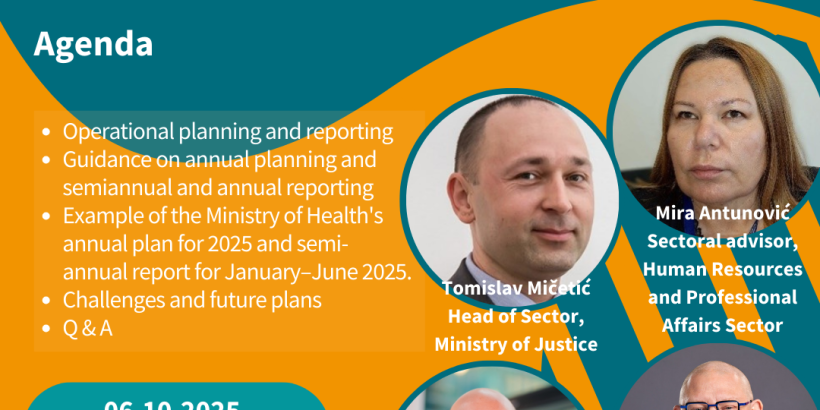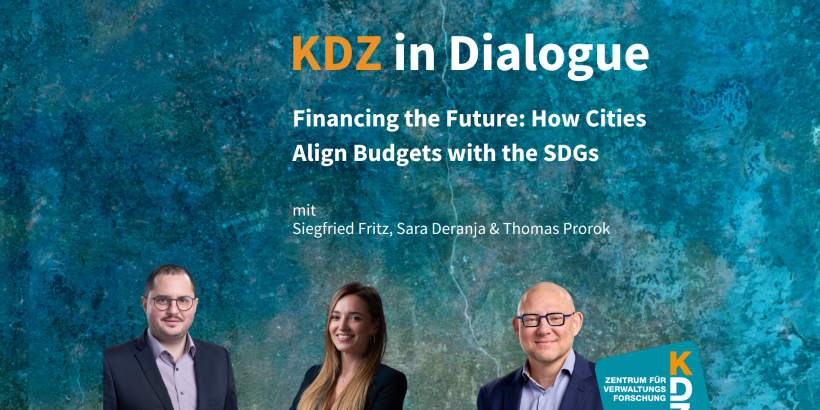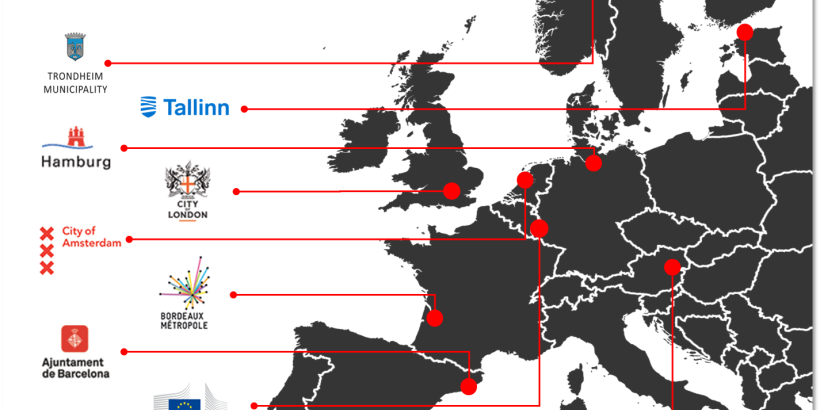
Local authorities play a leading role in ecological planning. As major contributors to public investment they have core responsibilities that can significantly accelerate the transition, such as expanding public transport networks or retrofitting public buildings for energy efficiency. According to I4CE, in France, local authorities in France need to double their investments in decarbonization by 2030 -without even accounting for future adaptation costs. This significant effort will be on the shoulders of the next wave of local executives elected in 2026 and will be critical for achieving carbon neutrality.
To support this challenge, I4CE, in collaboration with a group of volunteer cities and metropolises, are developing a new tool for local decision-makers: a method to elaborate its own “climate-aligned financing plan”. But what does that mean in practice?
Drive local climate action by using Investment Planning
A climate governance tool: aligning investments with climate objectives
Any local authority that has adopted a climate strategy has also set local emissions targets. But setting quantitative targets is not enough, achieving them requires matching financial resources and embedding them in a clear, long-term investment trajectory.
By integrating climate investments into existing local investment plans, local governments can ensure the necessary funding is allocated and that all line ministries/departments are engaged to realize the planned climate actions. This way, climate objectives are considered, and climate action is at scale to achieve them.
A financial steering tool: ensuring a match between climate and financial trajectories
The key challenge is making sure the financial plan is compatible with the climate plan. The “climate-aligned financing plan” provides a method for mobilizing all available financial levers across a local government and building a shared framework for investment. Beyond optimizing traditional funding sources—grants, taxes, debt—local authorities can explore innovative tools like the “green budget”. This approach assesses the climate impact of investments by identifying “green” or “brown” expenditures, which helps redirect or rebalance planned spending where needed.
Having a clear view of the investment effort required for the climate transition also strengthens dialogue with financial partners. A well-structured investment plan gives credibility to access grants, loans, or co-financing by improving financial visibility and reinforcing long-term commitment.
3 Key Steps to Build a Climate-Aligned Investment Plan
1) Develop a quantified, sector-specific climate strategy
Break down your climate targets by sector and translate them into tangible targets or “physical trajectory”. For example, reducing GHG emissions from public buildings by X% could mean retrofitting Y square meters.
2) Translate those targets into investment needs
Once the targets are set, estimate the investments needed. To do so, define a “unit cost” per climate action (e.g., €/m² for building retrofits) and calculate the total climate investment needed (e.g. Y m² × €/m²).
3) Embed these financial needs into the investment plan
This means 2 things: converting investment needs into operational projects across line departments and identifying all available financing options to support them.

For Local Governments Beyond France
Today, the methodology is still under development and will be available by the end of June. While this method is tailored-made for French local governments, the approach is adaptable to other contexts. Whether you call it a capital investment plan, multi-annual budget, or infrastructure investment roadmap, the principles remain the same:
- Anchor climate goals in long-term financial planning
- Mobilize all sectors of local government around climate action
- Use the investment plan as both a management and advocacy tool
Adopting a climate-aligned investment planning approach can make climate objectives tangible, fundable, and achievable.
—
Sustainability in Local Public Finances
This project is part of the SLPF project (Sustainability in Local Public Finances). This project is funded by the European Union via the Technical Support Instrument, and implemented by Expertise France, in cooperation with the European Commission. This project is produced with the financial assistance of the European Union. The views expressed herein can in no way be taken to reflect the official opinion of the European Union.



